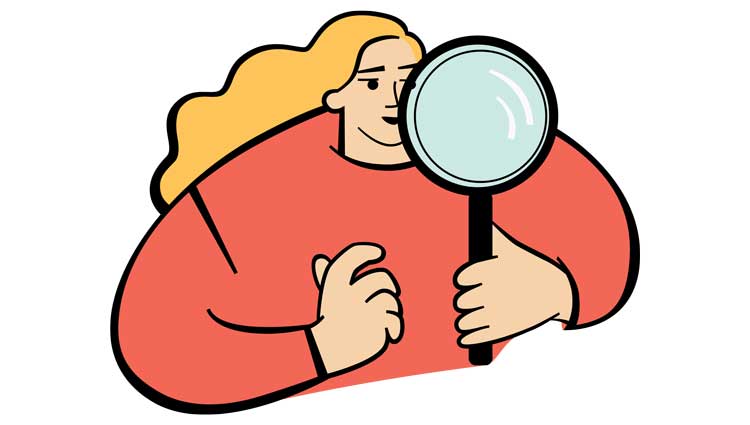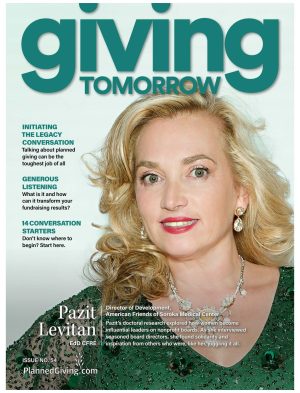Establishing a major donor strategy is arguably one of the most effective ways to establish a significant, long-term funding source for your nonprofit. Ideally, major donors and nonprofits enjoy a long, mutually beneficial relationship where the donor uses their resources to make big things happen at an organization they cherish.
But how do you begin to build this strategy? How do you discover the giving potential of those in your community? Below are three top tools to help complete major donor prospect research and create a successful program.
Two Questions to Ask During Major Donor Prospect Research
When determining a prospective major donor, two different kinds of “capacity” must be evaluated.
- Does this prospect have philanthropic indicators?
- Does this prospect have wealth indicators?
Philanthropic indicators are best described as previous evidence of philanthropic activity. Has this person given to your nonprofit before? Has the prospect served on a nonprofit board or attended a recent gala? These will illustrate an interest and willingness to participate in community organizations, which is not a given for everyone.
Wealth indicators are patterns of behavior from those who hold a certain level of wealth. These indicators would include making political donations, owning real estate or a business. Major donor prospects with these wealth indicators can shed light on their capacity to give an impactful gift.
Use Free Resources
Board members often fall into the major donor category for most nonprofits. This means they most likely also know other people of similar interests and similar giving capacity. Since your board members should be some of your most enthusiastic supporters, encourage board members to suggest major donor prospects. Word of mouth, while it seems simple, is often the most effective tool to build relationships!
Local governments offer a wealth of information that can provide insight on individuals and their giving potential. Tools like real estate directories use open-source information to share the assessed value of a property.
Browse the Federal Elections Commission website to identify significant political donations by prospective major donors. Their political affiliation may shine some light on if they align with your mission as well.
However, proceed with caution. These free resources provide only a limited perspective of a person’s total wealth and may not provide the full picture of someone’s realistic philanthropic potential.
Research a Fee-Based Service
Several fee-based services exist to help nonprofits streamline the major donor prospect research process. These services pull from a variety of databases to construct a more comprehensive donor wealth profile.
For nonprofits that cannot devote time to cross-reference several free databases or whose board members struggle to come up with major donor prospects, a fee-based service may provide a helpful boost.
Bonus Helpful Habits for Prospect Research
Pay attention to a few other places to pick up on useful prospect research:
-
- Attend fellow nonprofits’ galas to meet attendees and save the program to review the donor lists
-
- Contact your Community Foundation to see if you can be included in a portfolio of organizations offered to donor-advised fund holders
-
- Check with your library for additional resources, like a subscription to Foundation Directory or other potential prospect research tools.
-
- Search hashtags related to your nonprofit and local issues to discover people who engage with interests connected to your mission
Conclusion
Major donor prospect research usually needs a multi-pronged strategy to attract a diverse and engaged group of donors. Whether you use old-fashioned word of mouth or employ technological advances, it’s essential to find effective tools to identify and invite the people who can make a big difference for your nonprofit.






